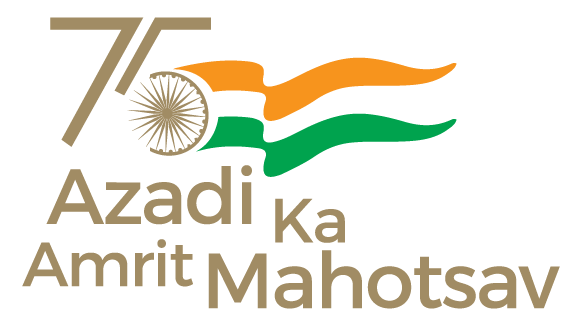
Union Minister of State (Independent Charge) Science & Technology; MoS PMO, Personnel, Public Grievances, Pensions, Department of Atomic Energy & Department of Space, Dr Jitendra Singh said today that Jammu and Kashmir’s Kishtwar is all set to emerge North India’s major “power hub” generating around 6,000 MW of power after the completion of the ongoing power projects.
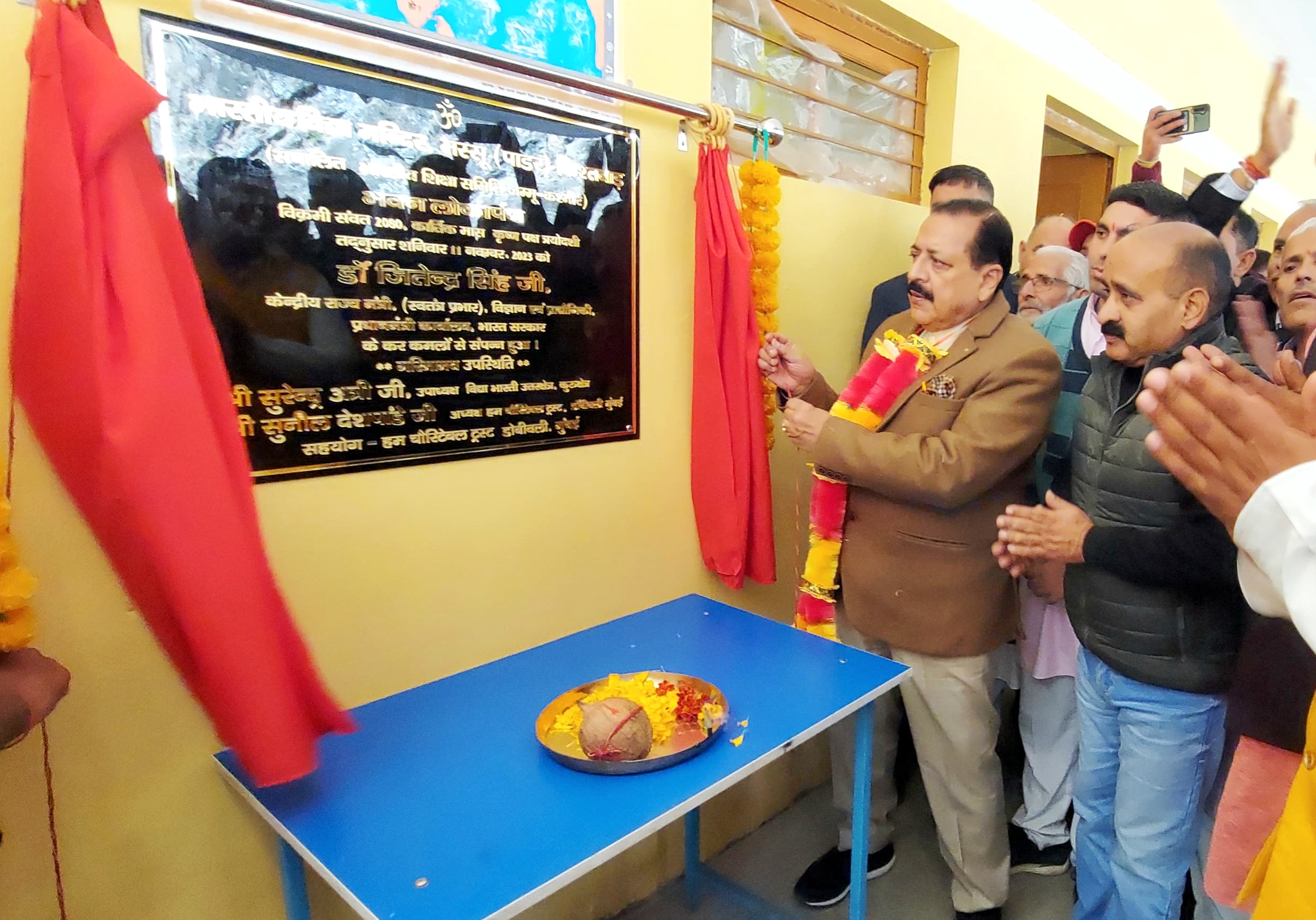
Dr Jitendra Singh, who was on an extensive tour of the remote and peripheral areas of the hill district of Kishtwar, visited Gulabgarh in the Paddar area and far village of Massu, where he also inaugurated the new School set up by “Shiksha Bharti” for the village children.
The Union Minister, who is also a known Physician and Diabetologist, also participated in the Multi Speciality Medical Camp organised by the Indian Army at village Gulabgarh.
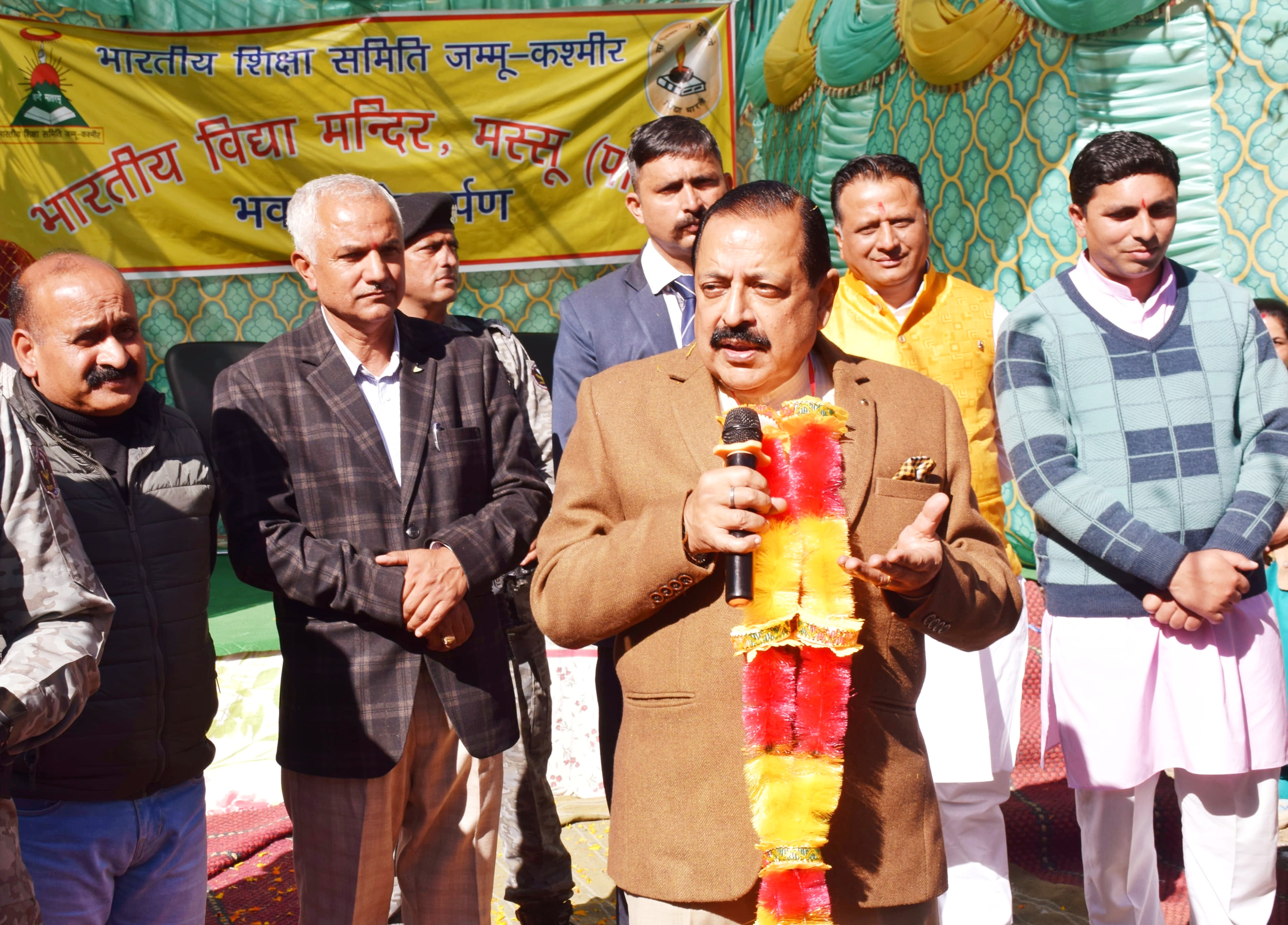
Later, Dr Jitendra Singh held a public interaction in Gulabgarh in the presence of the district administration officers. He also addressed the local PRIs including BDC Members, Councillors, Sarpanches as well as prominent activists of the region.
During his address and later speaking to the media, Dr Jitendra Singh said that 6 to 7 major Hydro power projects have come in the region in a short span of 9 to 10 years ever since Shri Narendra Modi took over as Prime Minister.
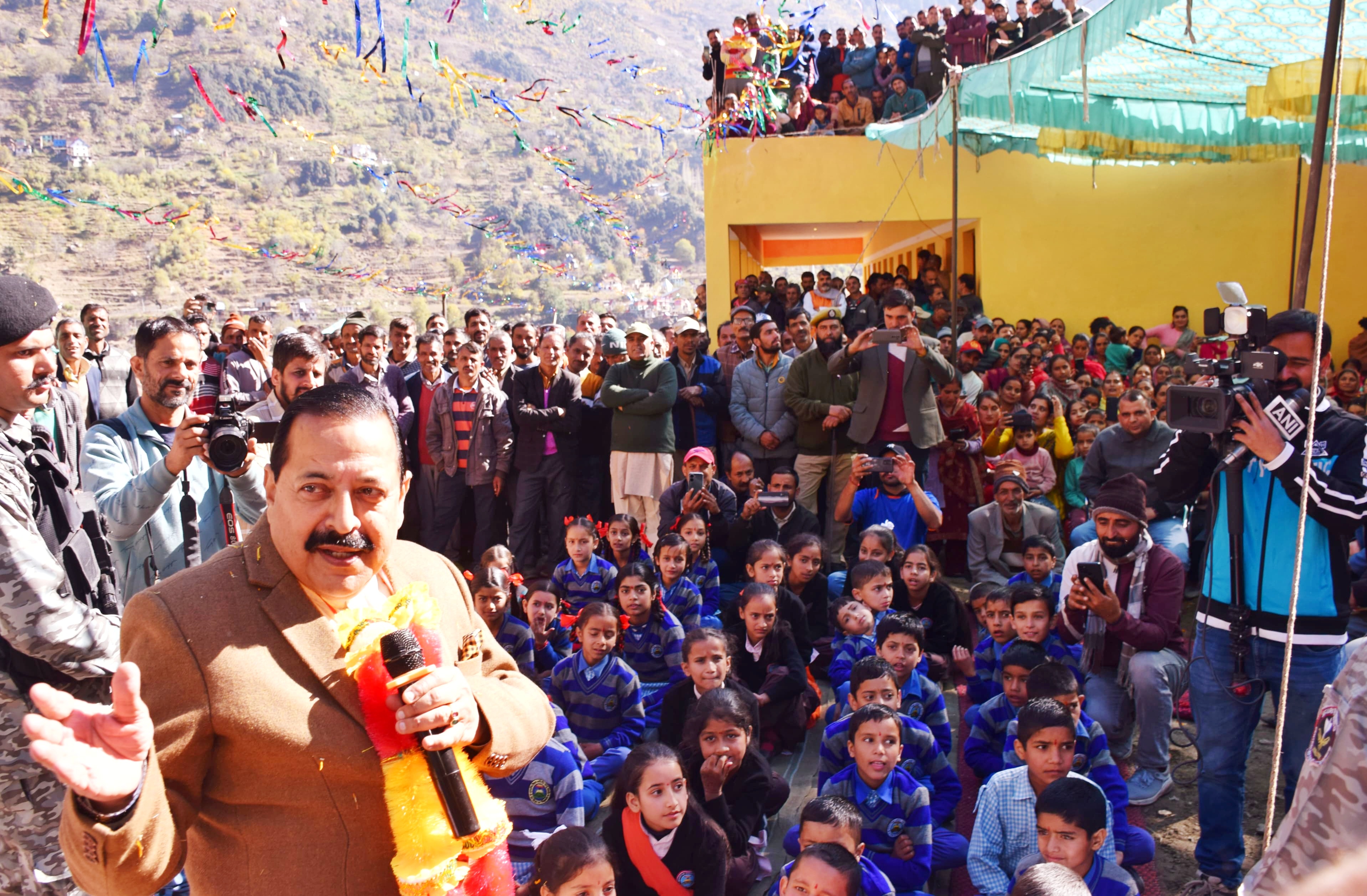
Elaborating on this, he pointed out that the largest capacity project is Pakal Dul with a capacity of 1,000 MW. Its estimated cost, as of now, is Rs.8,112.12 crore and expected timeline of competition is 2025. Another major project is Kiru Hydroelectric project with a capacity of 624 MW. The estimated cost of the project is Rs. 4,285.59 crore and the timeline in this case is also 2025, he said.
The Minister further informed that at the same time, 850 MW Ratle project has been revived as a joint venture between the Centre and UT of J&K. In addition, the existing Dulhasti power station has an installed capacity of 390 MW, while Dulhasti II Hydroelectric project will have a capacity of 260 MW.
Dr Jitendra Singh said these projects shall not only augment the power supply position thereby making up for the shortage of power supply in the UT of J&K, but the huge investment being made for construction of these projects is also a boost for direct as well as indirect opportunities for the local people.
For six long decades, said Dr Jitendra Singh, the successive governments at the Centre and the State had ignored Kishtwar region. It was only after Prime Minister Modi took over that he changed the work culture and ensured that all neglected regions would be given due attention and priority so that they may also rise to the same level.
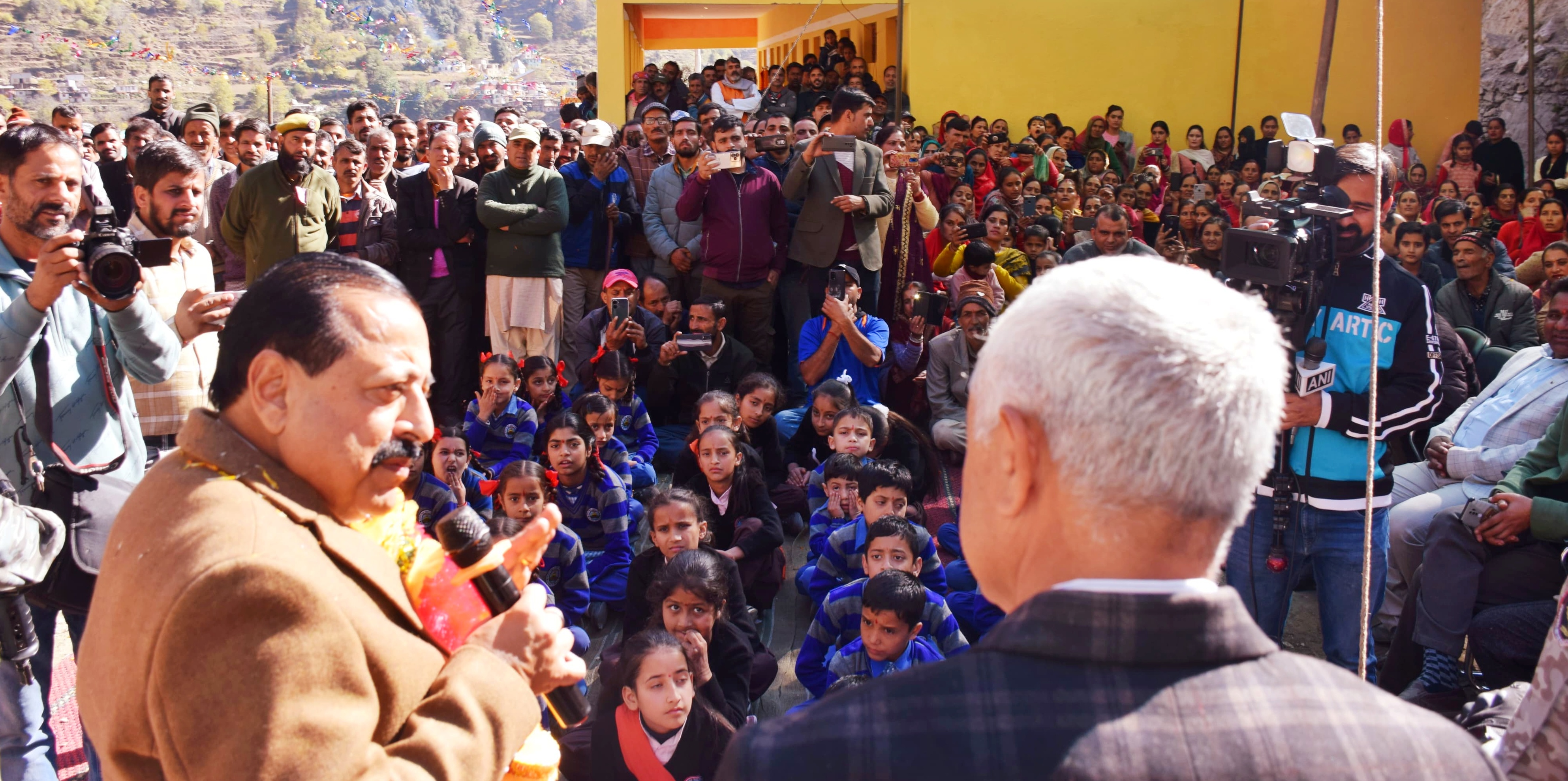
For example, he said, for several years, people here had been agitating and demanding a Degree college for Paddar but successive governments ignored this demand. It was only after Prime Minister Narendra Modi took over in 2014 that a Degree college was sanctioned for Paddar under Centre’s scheme RUSA (Rashtriya Uchchatar Shiksha Abhiyan).
Citing another example, Dr Jitendra Singh said that before 2014, road travel to Kishtwar was cumbersome and on the slightest landside, the Doda-Kishtwar road got blocked. But today, the road travel time from Jammu to Kishtwar has reduced from over 7 hours in 2014 to less than 5 hours now. Similarly, he said, during these 9 years, Kishtwar has come up on the Aviation Map of India and has been sanctioned an airport under Centre’s UDAAN Scheme, which nobody had ever imagined.
Similarly, Dr Jitendra singh said, three new national highways including Khilani-Sudhmahadev Highway, a series of Degree Colleges, mobile towers enroute Machail Yatra and other remote areas have also come up during the Modi government, he said.
As for Machail, Dr Jitendra Singh said, mobile towers have been set up, multiple toilet complexes constructed and solar plants installed for regular power supply, and all this happened only after 2014. Not only this, the motorable road to Machail is under fast track construction and the day is not far when Kishtwar to Machail travel would be just about 1 1⁄2 to 2 hours, he added.
Meanwhile, the Multi speciality medical camp organised by the Army at Gulabgarh provided medical care to nearly 2,000 patients. All the villagers registered for the camp were ushered to General OPD, where Medical Officers and Specialists elicited the clinical details and advised investigations, where required. The cases of Anaemia, Hypertension, Diabetes, Migraine, Cervical Spondylosis and Pulmonary Tuberculosis were diagnosed and managed. The Medical Specialist provided consultation and treatment to the patients. Patients with diabetes were counselled for dietary modification. Patients with known Hypertension were educated about the diseases and their antihypertensive medications were optimised as per their recorded BP in camp with healthy dietary advice. Patients with tuberculosis were counselled for anti-tubercular drug treatment with advice to follow up at DOTS Centers.
Dr Jitendra Singh thanked the Army and the team led by Major General Shivendra Singh for providing the much needed medical facilities to this remote hilly rural area. He said, the people of this region are eagerly thankful to the Army who have stood by them during the time of terrorism and also come forward to serve them at the time of peace.
****
SNC/PK



